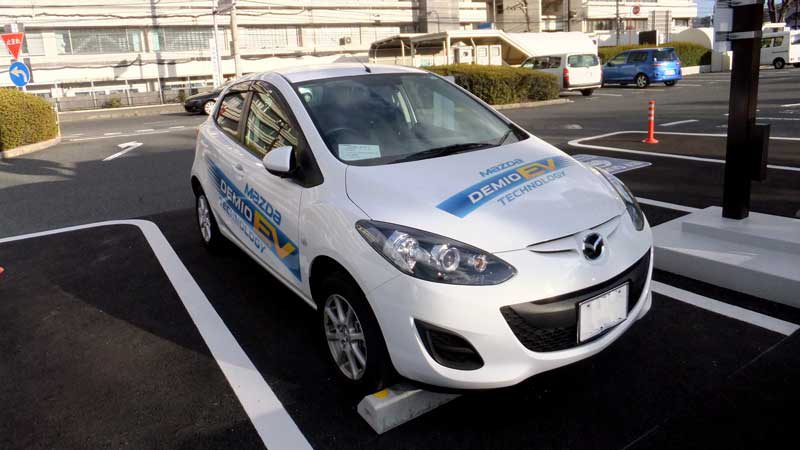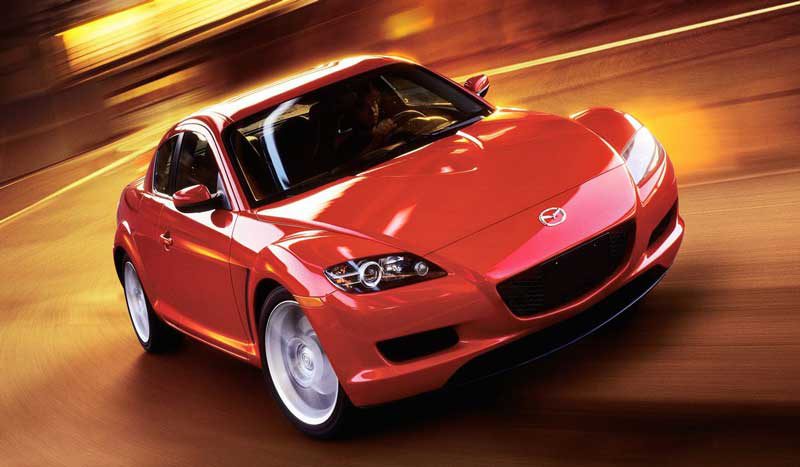Mazda CEO Akira Marumoto has confirmed the Japanese carmaker will make a 100 per cent electric vehicle to be released by 2020, as part of a wider push towards electrification.
In an interview with Europe Auto News, the Mazda boss blamed the success of the company’s diesel-powered CX-5 SUV as the reason the company is struggling to achieve tough CO2 emissions standards in Europe, where each and every car maker’s fleet average must reach 95gm/km by 2021.
But with Mazda’s current fleet average emissions estimated by auto market research company JATO at 135.2gm/km, the car maker has put together a plan to achieve those emissions restrictions – notably committing to bringing a battery electric vehicle (BEV) to the European market by 2020.
Great news – only last week we reported Toyota’s decision to team up with Subaru in a turnaround from its “self-charging hybrid” campaigns, to develop an electric drivetrain platform that both carmakers would use in future EV models.
At the time we noted that Mazda seemingly was choosing to skate on thin ice with its plan to electrify its vehicles with “rotary range extenders”, making use of its considerable investment in rotary engine technology.
While at the time Marumoto said the company would plan to introduce a BEV by 2019, it now appears that in Europe at least that won’t come to fruition now until next year.

And while Mazda did in fact ink a deal with Toyota in 2017 to develop electric car technology, this partnership has not yet delivered any fully electric vehicles, and the model Marumoto says the company will introduce next year is not born of this partnership either.
“We are jointly developing a new EV architecture with Toyota, but we will first introduce our own EV on a Mazda architecture in 2020,” Marumoto told Europe Auto News on Thursday.
Additionally, Mazda is still sticking with its plan to use its “lean burn” SkyActiv-X technology, particularly for its larger models.
“First, the Skyactiv-X engine we are launching this year emits less than 100g/km of CO2….We believe for SUVs and large sedans, the most efficient powertrain will be a diesel coupled with an electric motor,” Marumoto said.
Following the introduction of the battery electric model next year, Marumoto added that Mazda will also introduce plug-in hybrid models from 2021.
Will these be the models that will capitalise on the “rotary range extender”?
“We have continued working on the development of the rotary engine even after we discontinued the RX-8. Its first application will be as a range extender for EVs,” Marumoto said.
“Inside Mazda, we all have the dream of seeing one day a vehicle powered by a rotary engine. But given the number of things we have to do, we had to put this on the back burner, and we have no time frame.”

Bridie Schmidt is associate editor for The Driven, sister site of Renew Economy. She has been writing about electric vehicles since 2018, and has a keen interest in the role that zero-emissions transport has to play in sustainability. She has participated in podcasts such as Download This Show with Marc Fennell and Shirtloads of Science with Karl Kruszelnicki and is co-organiser of the Northern Rivers Electric Vehicle Forum. Bridie also owns a Tesla Model Y and has it available for hire on evee.com.au.

